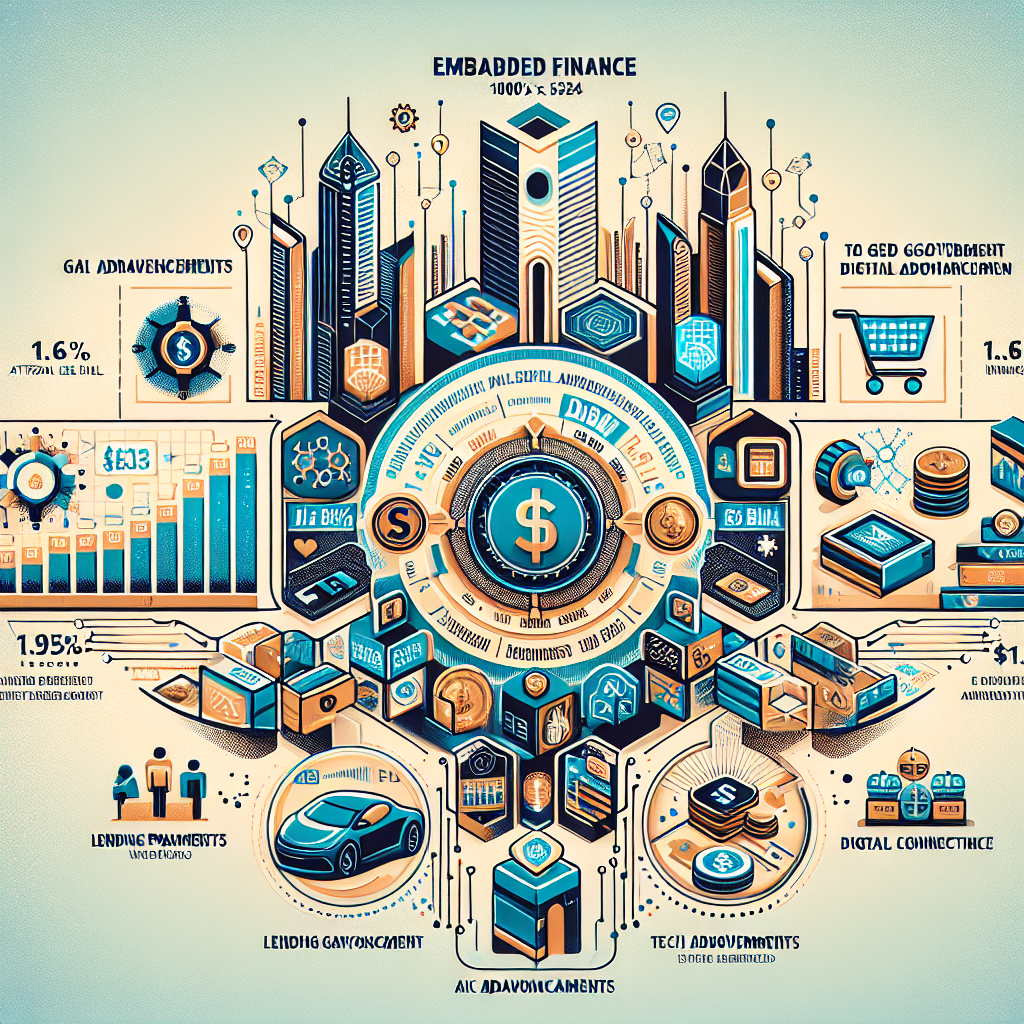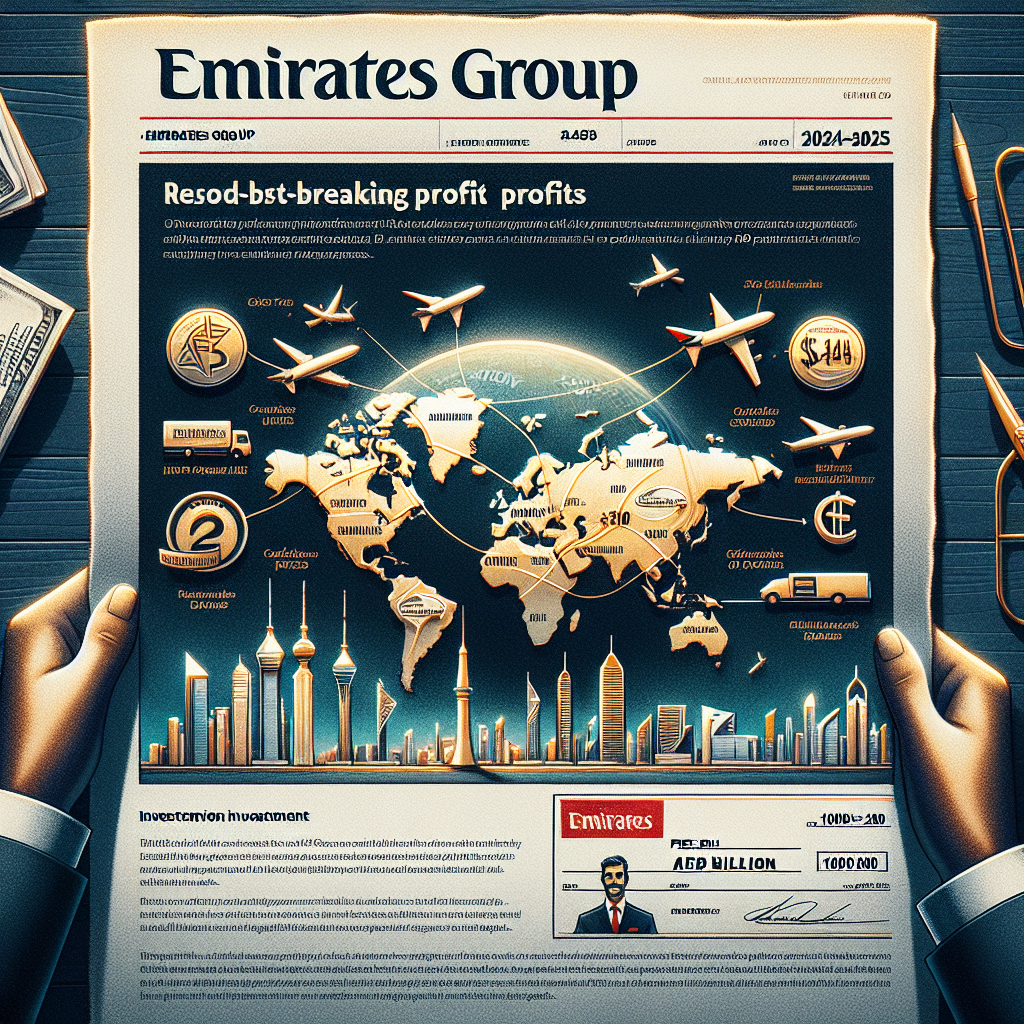The UAE’s embedded finance sector is set for remarkable growth, with projections indicating a 16.1% annual increase to reach $1.56 billion by 2024. This surge is driven by strong government support, technological advancements, and rising consumer demand for integrated financial services.
Governmental initiatives like the Future and Dubai International Financial Centre (IFC) are fostering fintech innovation, creating a favorable regulatory environment. Technological partnerships, such as Al Etihad Payments’ collaboration with Core42 to implement Open Finance, are enhancing financial service integration. The expanding e-commerce landscape is also fueling demand for embedded financial solutions.
The sector’s growth spans various segments, including lending, payments, insurance, and wealth management. Projections suggest a compound annual growth rate of 28.6% from 2024 to 2029, potentially reaching $550 billion in revenue by 2029.
Key Drivers of Growth
1. Government Support: Initiatives like the Future and Dubai IFC are creating a conducive environment for fintech innovation.
2. Technological Advancements: Partnerships like Al Etihad Payments and Core42 are improving financial service integration.
3. E-commerce Expansion: Growing online retail is driving demand for integrated financial solutions.
Market Segments and Projections
1. Lending: Significant growth in embedded lending solutions.
2. Payments: Increasing popularity of unified payment gateways.
3. Insurance: Rising trend in embedded insurance offerings.
4. Wealth and Asset-Based Finance: Growing demand for sophisticated financial management tools.
Notable partnerships and acquisitions are shaping the industry, such as Mitgo Group’s acquisition of Embedded and the Al Etihad Payments-Core42 collaboration. These developments position the UAE as a leader in financial technology innovation, making embedded finance a dynamic and promising sector in the country’s business landscape.











